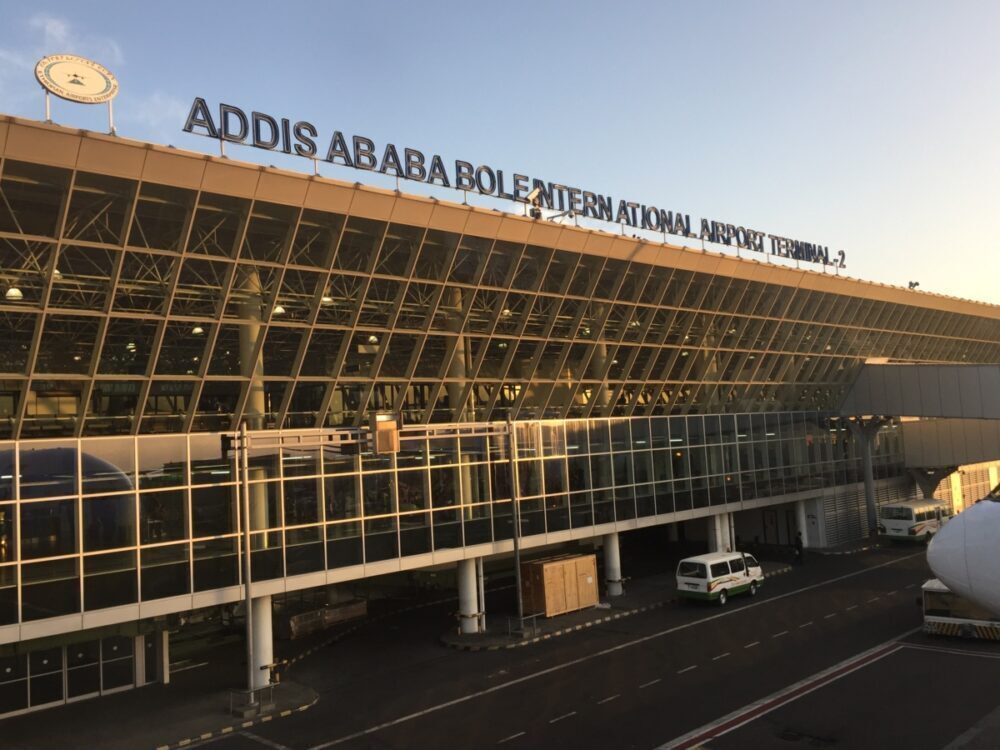Sunday’s tragedy involving Ethiopian Airlines marks the second fatal crash within five months involving a new type of Boeing aircraft.
The Boeing 737 Max 8 has only been in commercial use since 2017 and it has already raised red flags causing many nations to ground it.
In October last year, a less than three months old Lion Air Boeing 737 Max went down shortly after take-off from Jakarta, Indonesia, killing all 189 people on board.
Ethiopian Airlines flight ET302 also went down just 6 minutes after take-off from Addis Ababa, killing all passengers. The aircraft – registration ET-AVJ – first flew in October 2018, according to flight tracking websites.
The plane’s model
The 737 Max’s engine is a bit further forward and a bit higher in relation to the wing, compared to the previous version of the plane. That affects the balance of the plane,” aviation analysts say.
The sensor and connected software work in a different way as compared to previous models of the 737, but pilots had not been told that.
During the Lion Air crash, the aircraft maker Boeing issued an operations bulletin to airlines while the US aviation regulator also issued an “emergency” airworthiness directive to US carriers about this sensor – a so-called Angle of Attack (AOA) sensor.
The sensor condition, “if not addressed, could cause the flight crew to have difficulties controlling the airplane, and lead to excessive nose-down attitude, significant altitude loss, and possible impact with terrain,” the Federal Aviation Administration said.
There is no immediate evidence to suggest the Ethiopia Airlines jet has encountered the same difficulties as the Lion Air flight but several aviation analyst have said it’s possible to link the sensor issue to the crash but detailed work taking time will be required to establish the cause.
What Boeing said
A “technical team is prepared to provide technical assistance at the request and under the direction of the US National Transportation Safety Board”,Boeing said on Sunday.
It has also said it extended its “heartfelt sympathies to the families and loved ones of the passengers and crew on board and stand ready to support the Ethiopian Airlines team”.
The plane, Boeing 737 Max 8
Boeing, “also recognised globally as a high-quality professionally-run company” launched its 737 fourth generation planes on August 30, 2011 but saw its first flight on January 29, 2016. The 737 series gained FAA certification on March 8, 2017 which birthed the the first Max collection on on May 6, 2017. It has been the fastest-selling aircraft in Boeing’s history, with more than 4,500 ordered by 100 different operators globally.
The most efficient winglet on any airplane
The 737 MAX AT winglet is the most efficient ever designed for a production airplane. It’s also the latest in advanced winglet technology Boeing has introduced. This is the story of the ingenious manipulation of aerodynamics that makes this distinctive design so efficient.
Without any winglets, the air flow over the tip of every wing will roll up from the high pressure area under the wing to the low pressure area above it.
When the wing is moving forward at high speed, airflow over the tip of the wing is forced back, with the upward and backward flow elements combining to form vortices. These vortices cause lift-induced drag, lowering the efficiency of the wing.
In addition to the inward, upward and slightly forward lift components of the upper aerofoil, the new lower aerofoil generates a vertical lift component that is vectored away from the fuselage, and also slightly forward. Working together, these provide the perfectly balanced winglet that maximizes the overall efficiency of the wing.Bigger and Better with CFM LEAP-1B Engine Certified
Based on earlier 737 designs, 737 MAX takes its narrow-body shape from Boeing’s earlier concepts. It is re-engined with more efficient CFM International LEAP-1B powerplants, aerodynamic improvements (including distinctive split-tip winglets), and airframe modifications.
The 737 MAX was simultaneously awarded Type Certificates by both the European Aviation Safety Agency (EASA) and the U.S. Federal Aviation Administration (FAA), paving the way for entry into commercial service in 2017.
The 737 MAX has Carbon fiber fan blades with a titanium leading edge, chevrons at the rear of the engine casing and a larger engine that sits higher up and farther forward on the wing.The 737 MAX series is offered in four variants, typically offering 138 to 230 seats and a 3,215 to 3,825 nmi (5,954 to 7,084 km) range. The 737 MAX 7, MAX 8, and MAX 9 will replace the 737-700, -800, and -900, respectively. Additional length is offered with the further stretched 737 MAX 10. As of January 2019, the Boeing 737 MAX has received 5,011 firm orders and delivered 350. The 737 MAX 8 has suffered two fatal crashes as of March 2019. As of 11 March 2019, several airlines and regulatory authorities had suspended operations of the Boeing 737 MAX 8 following the Ethiopian airline crash on Sunday that killed all 157 passengers.






















































